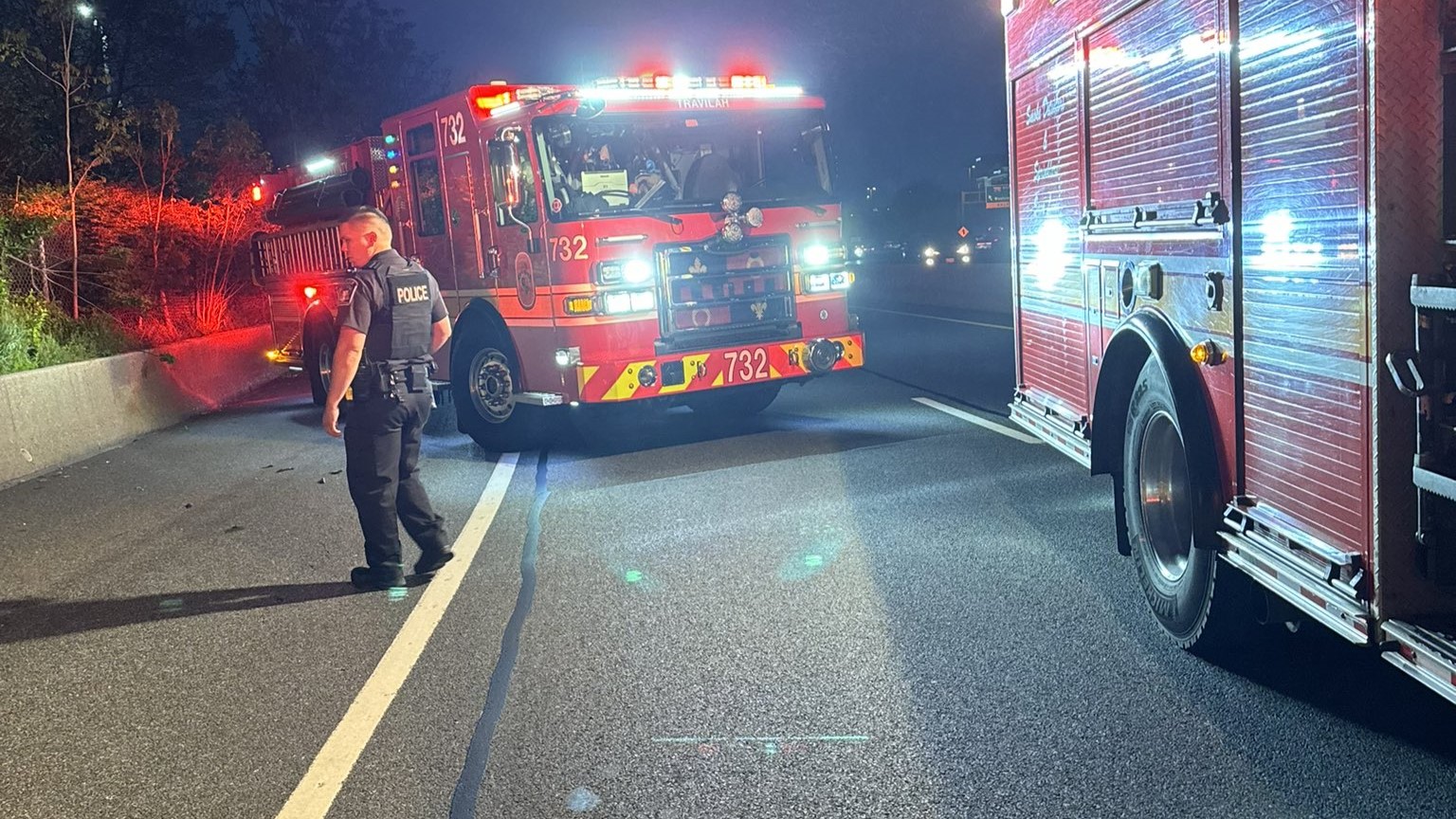The incident response team at NASA's Wallops Flight Facility on Virginia's eastern shore completed an initial assessment of Tuesday's commercial suppy ship explosion, but the complete impact of the event won't be know for several weeks.
The explosion just seconds after liftoff at 6:22 p.m. broke windows and imploded doors on buildings near the launchpad. Those buildings and a sounding rocket launcher next to the pad sustained the most severe damage.
The Wallops environmental team determined the environmental impact was mostly within the southern third of Wallops Island around the launchpad. No hazardous substances were detected in air samples, though additional air, soil and water samples will be taken. The Coast Guard and Virginia Marine Resource Commision reported no signs of water pollution Wednesday.
The initial assessments also found no obvious impact on fish or wildlife.
Orbital Sciences Corp., the owners of the commercial supply ship that exploded, promised to find the cause of the failed delivery mission to the International Space Station and warned residents to not touch any debris they might stumble across from the Antares rocket and Cygnus cargo module, which was carrying hazardous materials.
The cargo ship was carrying 5,000 pounds of experiments and equipment for NASA, as well as prepackaged meals and freeze-dried Maryland crabcakes for a Baltimore-born astronaut who's been in orbit for five months. All of the lost materials will be replaced and flown to the 260-mile-high space station, NASA space station program manager Mike Suffredini said. He said astronauts at the station currently have enough supplies to last until spring.
The accident could draw scrutiny to the space agency's growing reliance on private U.S. companies in the post-shuttle era. NASA is paying billions of dollars to Virginia-based Orbital Sciences and the California-based SpaceX company to make station deliveries, and it's counting on SpaceX and Boeing to start flying U.S. astronauts to the orbiting lab as early as 2017. It was the fourth Cygnus bound for the orbiting lab; the first flew just over a year ago. SpaceX is scheduled to launch another Dragon supply ship from Cape Canaveral, Florida, in December.
Things began to go wrong 10 to 12 seconds into the flight and it was all over in 20 seconds when what was left of the rocket came crashing down, Orbital Sciences' executive vice president Frank Culbertson said. NASA told News4's Mark Segraves when the launch failed, a termination sequence was initiated to stop the propulsion so the rocket wouldn't continue.
This was the second launch attempt for the mission. Monday evening's try was thwarted by a stray sailboat in the rocket's danger zone. The restrictions are in case of just such an accident that occurred Tuesday.
Local
Washington, D.C., Maryland and Virginia local news, events and information
NASA reported significant property damage at the scene, but everyone had been accounted for and there were no reports of injuries.
"You could actually hear the sound wave come ... everyone was sort of in shock and awe, and then people started to panic a little bit," witness Michael Waller said.
The fire from the explosion was contained and was allowed to burn out overnight, according to Bill Wrobel, director of the Wallops Flight Facility.
Orbital will not fly again until the cause is determined, and it is unclear how long the investigation will take. The extent of the damage to the launchpad is unclear, but Wrobel confirmed some pad systems remain intact.
The mission was to be the third in a series of eight Orbital missions to deliver equipment and food to the two Americans, three Russians and one German on the orbiting lab. A meteor tracker, 32 mini research satellites and with numerous experiments compiled by schoolchildren were lost.
Culbertson apologized for the mission failure and to researchers who had items on board. All of that research hardware that was lost is replaceable, NASA's space station program manager Mike Suffredini said.
People who come upon debris from the explosion should stay away from it and call the incident response team at 757-824-1295.
"We will understand what happened -- hopefully soon -- and we'll get things back on track," Culbertson told his team an hour after the failure. "We've all seen this happen in our business before, and we've all seen the teams recover from this, and we will do the same."
SpaceX has a launch from Cape Canaveral scheduled for Dec. 9. The Russian Space Agency already had a supply run planned for Wednesday.
The roomful of engineers and technicians were ordered to maintain all computer data for the ensuing investigation. Culbertson advised his staff not to talk to news reporters and to refrain from speculating among themselves.
"Definitely do not talk outside of our family," said Culbertson, a former astronaut who once served on the space station.
Wallops Flight Facility was established in 1945. It has 1,100 full-time civil service and contractor employees.



